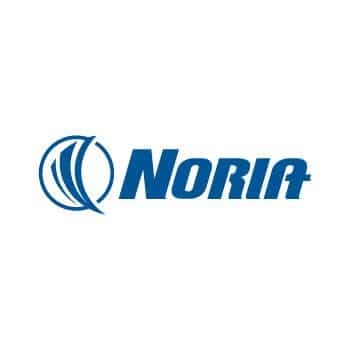Machinery Lubricant Analysis III
This course is designed to help you prepare for the ICML Level III Machine Lubricant Analyst (MLA) certification.
Through this Certification Course, participants have the opportunity to accrue 5 Continuing Professional Development (CPD) points.
Course Outline:
- How mineral base oil groups compare on nine criteria
- How synthetic oils compare to mineral oils
- Advantages and disadvantages of common synthetic lubricants
- How wear and friction control additives work
- The role of fatty acids, AW and EP lubrication films
- 16 factors that cause changes in wear debris concentrations
- Effects of water on bearings
- 31 factors leading to abnormal engine wear
- How to enhance the detection of abnormal wear particle trends
- One simple technique to help you detect faults earlier
- Review of technologies used to analyze wear debris
- Particle size sensitivities of wear particle technologies
- Comparison of laboratory emission spectrometers
- How wear particle size infl uences spectrometric analysis
- How to determine the severity of a wear problem
- How to evaluate lock-step trends
- How to normalize for makeup oil
- Potential sources of metals in oil
- Best applications for elemental analysis of wear metals
- Advantages and disadvantages of analytical ferrography
- How fi ltergrams compare to ferrograms
- How to characterize particle composition by visual inspection
- Shape features of common wear particles
- Common machine wear mechanisms and how to
- identify them
- 11 sources of spherical wear particles and how to identify them
- How to recognize wear zones in gearing
- Failure detection zones of oil vs. vibration analysis
- Where oil and vibration analysis overlap
- Strengths and weaknesses of oil and vibration analysis on
- detecting 13 machine problems
- Combining vibration with wear debris analysis for bearing failure analysis
- How viscosity index impacts an oil’s ability to lubricate
- Best practices for onsite viscosity analysis
- Four root causes of oxidation and why they are important
- The role of antioxidants and how they work
- Five indicators of oil oxidation
- How to measure oxidation stability
- How acid numbers trend with different types of oils
- Machine diagnostics using neutralization numbers
- Detecting base oil oxidation with FTIR
- Strengths and weaknesses of FTIR
- How sludge and varnish are formed and how to detect them
- Recommendations for a new lubricant testing plan
- 14 ways additives are depleted from oil
- How to detect depletion of 10 common additives
- How to fi nd the additive date on an oil analysis report
- Methods for sampling grease
- Common used grease tests and what they measure
- 7 grease performance concerns and how to test
- How grease properties change due to incompatible mixtures
- Onsite Oil Analysis Options
- How to integrate onsite with offsite oil analysis
- How to prepare a fi lter patch for particle contamination assessment
- Review of onsite viscometry, FTIR and particle counter options
- Small, medium and large budgets for an onsite lab: what to buy
- Tips for designing an onsite lab space
- How to select candidate machines for oil analysis
- Four steps to optimizing interval-based oil changes
- Considerations for condition-based oil changes
- Factors infl uencing oil sampling frequencies
- Tips on working with an offsite lab
- Five applications for goal-based limits
- How aging limits signal the approaching end of useful oil life
- Four applications for rate-ofchange limits
- Interpreting elemental trends using level limits
- Seven cost-saving areas for quantifying benefi ts
- Estimating the value of a predictive maintenance “save”
- Estimating annual savings per machine
- Three project evaluation decision tools
- How to track your program: lubrication KPIs

Course Info
- Dates
- 11 Aug - 15 Aug 2025 (JHB) FL-C3-5
- Location
- Johannesburg
- Duration
- 5 Days
